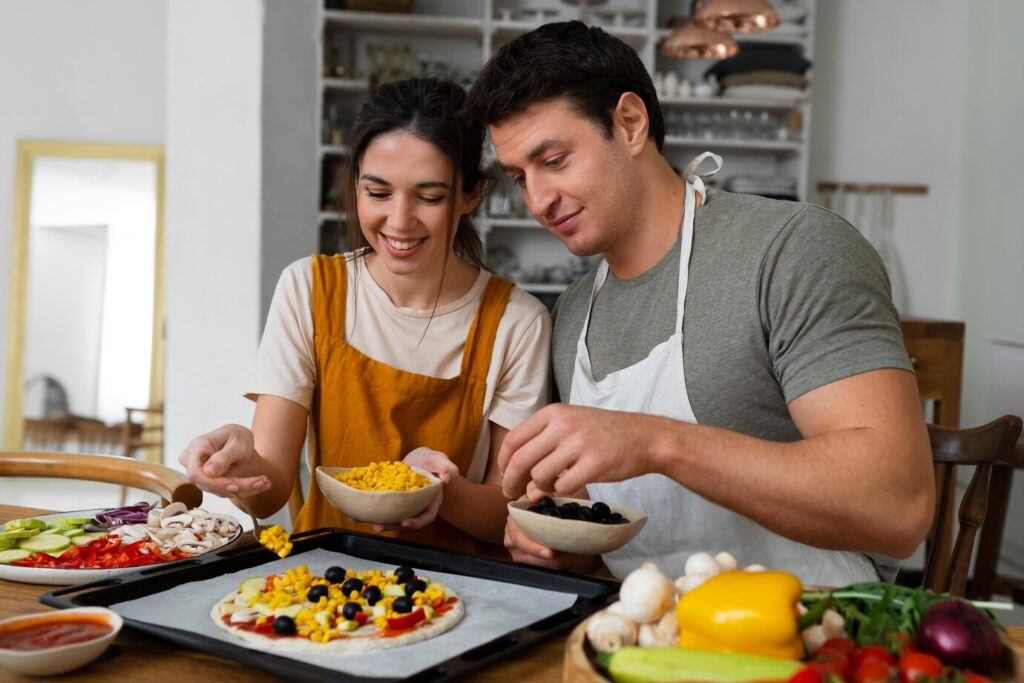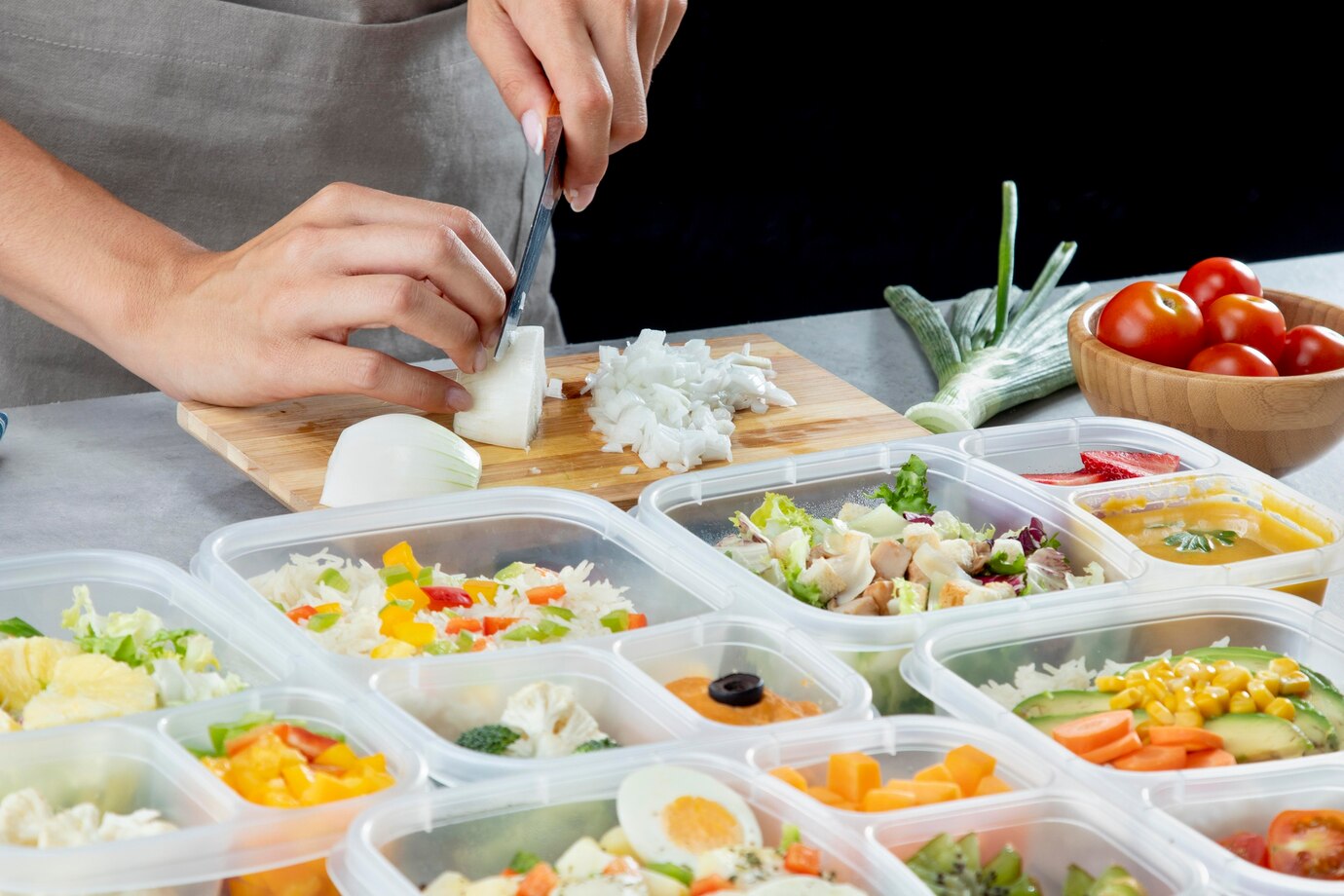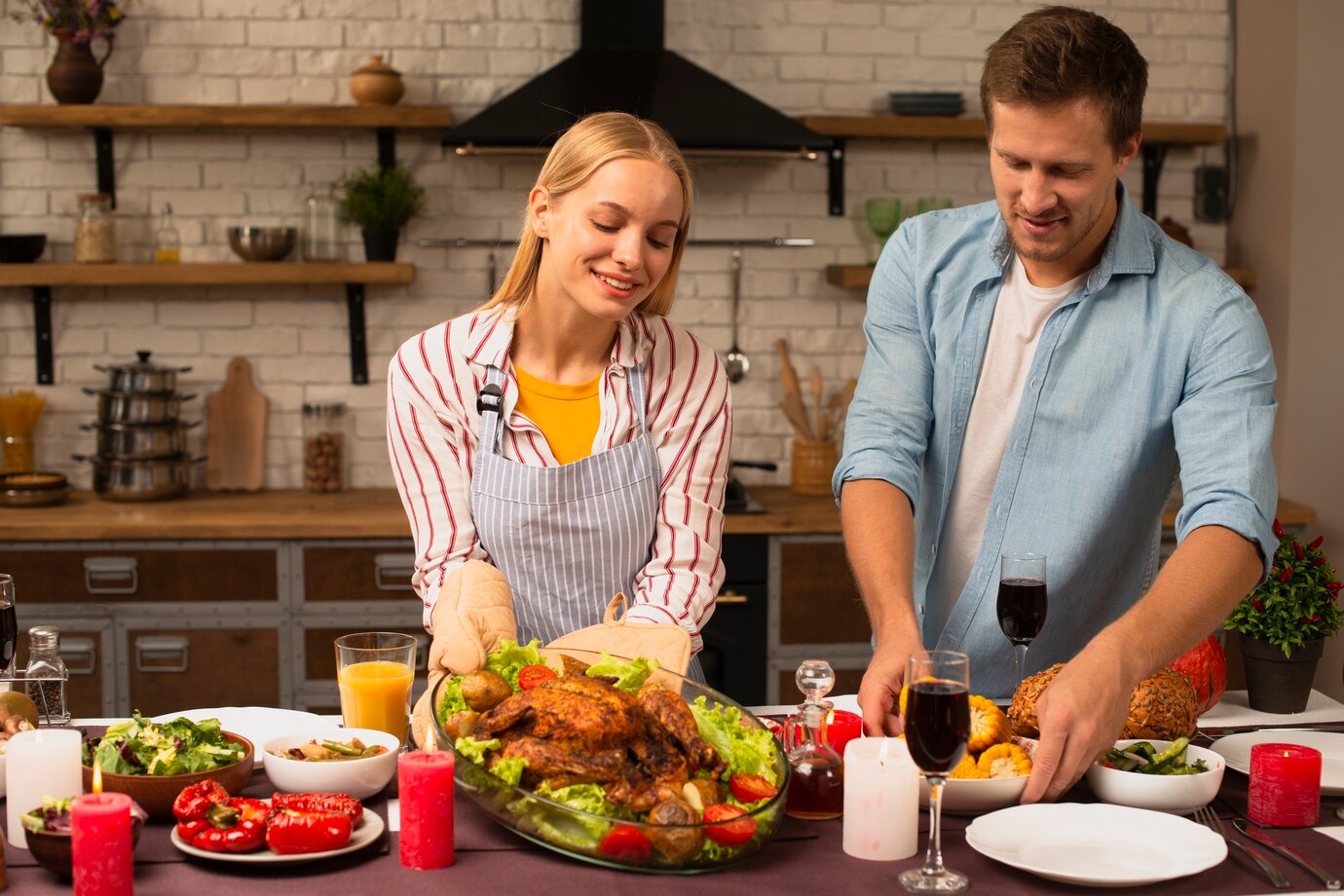The Food Blog

How to Meal Prep Like a Pro Using World Cuisine
Meal prepping is an effective way to save time, maintain a healthy diet, and reduce food waste. By incorporating world cuisine into your meal prep, you can enjoy diverse and flavourful dishes while keeping your diet exciting and nutritious. Whether you’re a busy professional, a fitness enthusiast, or someone looking to improve their eating habits, learning how to meal prep like a pro using international recipes can be a game-changer.
Core Concept

Meal prepping involves preparing and portioning meals in advance to ensure easy access to healthy, home-cooked food throughout the week. When incorporating global flavours, the goal is to balance macronutrients, introduce variety, and use fresh ingredients that preserve well. Drawing inspiration from different cultures allows you to enjoy bold tastes while benefiting from nutrient-rich foods common in various culinary traditions.
Benefits of Meal Prepping with World Cuisine
- Increased Variety: Different cuisines offer unique spice combinations, cooking techniques, and nutrient-dense ingredients.
- Healthier Choices: Many traditional diets focus on whole, unprocessed foods, reducing reliance on fast food or processed meals.
- Cost-Effective: Preparing meals in bulk reduces overall food costs compared to daily takeout.
- Time-Saving: Cooking once or twice a week eliminates daily meal preparation stress.
Quick Guide: Meal Prep with World Cuisine
- Plan Meals: Choose global cuisines that fit your goals—e.g., Mediterranean, Japanese, Mexican.
- Shop Smart: Use a list, buy in bulk, and stock pantry staples like spices, oils, and grains.
- Batch Cook: Prepare base ingredients (rice, veggies, proteins) in bulk for easy mixing.
- Store Properly: Use airtight containers; label & date everything.
- Portion Wisely: Pre-portion meals to save time and control servings.
- Add Fresh: Keep toppings (herbs, sauces) separate to maintain freshness.
- Choose international cuisines that fit your dietary goals, such as Mediterranean, Japanese, or Mexican.
- Balance proteins, healthy fats, and complex carbohydrates.
- Include a mix of fresh vegetables, whole grains, and lean proteins.
- Plan for variety by alternating between plant-based and animal-based proteins.
- List ingredients based on your meal plan.
- Buy in bulk where possible to save money.
- Opt for seasonal and fresh produce to enhance flavour and nutrition.
- Stock up on essential pantry staples like olive oil, soy sauce, curry paste, and dried legumes.
- Prepare foundational ingredients like brown rice, quinoa, roasted vegetables, and lean proteins in large batches.
- Store them separately to allow easy mixing and matching of meals throughout the week.
- Experiment with international staples, such as couscous (North African), soba noodles (Japanese), or lentils (Indian).
- Invest in airtight containers to maintain freshness.
- Label and date containers for easy tracking.
- Store meals in the fridge (3-5 days) or freezer (up to a month) depending on perishability.
- Consider vacuum-sealing meals for extended freshness.
- Divide meals into single-serving containers for grab-and-go convenience.
- Use portion control to prevent overeating and maintain a balanced diet.
- Utilize compartmentalized containers to separate sauces and ingredients that should be mixed before eating.
- Use appropriate reheating methods to retain texture and flavour.
- Add fresh herbs or sauces after reheating to enhance the dish.
- Stir-fried dishes, soups, and stews often improve in flavour after a day of marinating in the fridge.
- Utilise a Variety of Spices – Enhance flavour without excess salt or fat by incorporating international spices such as turmeric (Indian), za’atar (Middle Eastern), or gochujang (Korean).
- Diversify Your Protein Sources – Rotate between plant-based proteins (lentils, tofu, chickpeas) and lean meats (chicken, fish, turkey) for balanced nutrition.
- Experiment with Cooking Methods – Try different cooking techniques like stir-frying, grilling, or slow-cooking to bring out unique textures and flavours.
- Optimise Freezer Storage – Freeze meals in flat, stackable bags to save space and improve thawing efficiency.
- Food Safety – Ensure meals are cooled properly before storing to prevent bacterial growth.
- Dietary Needs – Adjust recipes to cater to dietary restrictions or allergies (e.g., gluten-free, vegetarian, or dairy-free alternatives).
- Time Management – Dedicate a specific day for meal prep to streamline the process.
- Avoid Repetitive Flavours – Incorporate diverse cuisines and seasonings to keep meals exciting throughout the week.
- Assign different cuisines to each day (e.g., Italian Monday, Thai Wednesday, Mexican Friday) to keep things exciting.
- Pre-plan sauces and toppings that can be added last-minute to prevent sogginess.
- BPA-free glass or plastic containers with compartments help with portion control and freshness.
- Stackable, uniform containers save space in the fridge and freezer.
- Keep toppings like avocado, fresh herbs, and nuts separate until serving to maintain texture.
- Fresh lemon or lime juice can brighten reheated meals.
- Mediterranean: Grilled chicken with quinoa, hummus, olives, and roasted vegetables.
- Japanese: Teriyaki salmon with brown rice, steamed broccoli, and sesame seeds.
- Mexican: Chicken burrito bowls with black beans, avocado, salsa, and brown rice.
- Indian: Lentil dal with basmati rice, spinach, and yogurt sauce.
- Thai: Stir-fried tofu with Thai basil, jasmine rice, and chili sauce.
Step-by-Step Guide
Plan Your Meals
Create a Shopping List
Batch Cook Staples
Use Proper Storage Techniques
Portion Meals for Convenience
Reheat and Enjoy
Pro Tips
Important Considerations
Best Practices & Additional Insights
Theme Your Meals
Invest in Quality Containers
Incorporate Fresh Additions
Meal Prep Ideas from Around the World
FAQs
Q: How long do meal-prepped meals last?

A: Most meals last 3-5 days in the fridge and up to a month in the freezer when stored properly.
Q: Can I meal prep salads without them getting soggy?
A: Yes! Store dressing separately and layer ingredients with hearty greens at the bottom and delicate toppings at the top.
Q: What are some good international meal prep recipes?
A: Try Mediterranean quinoa bowls, Japanese teriyaki salmon, or Mexican-inspired chicken burrito bowls.
Q: How do I keep reheated meals from drying out?
A: Add a splash of water or broth before reheating rice- or pasta-based dishes to retain moisture.
Q: What is the best way to meal prep for a family with different preferences?
A: Cook versatile base ingredients (grains, proteins, veggies) and allow family members to assemble their meals with different seasonings and toppings.
Meal Prep at Global Scale

By integrating world cuisine into your meal prep, you can enjoy diverse flavours while maintaining a structured and healthy eating routine. Meal prepping is not just about saving time—it’s about making nutritious and exciting food choices every day. With a well-thought-out plan, proper storage techniques, and a variety of global flavours, you can transform your weekly meals into an adventure. Happy prepping!









